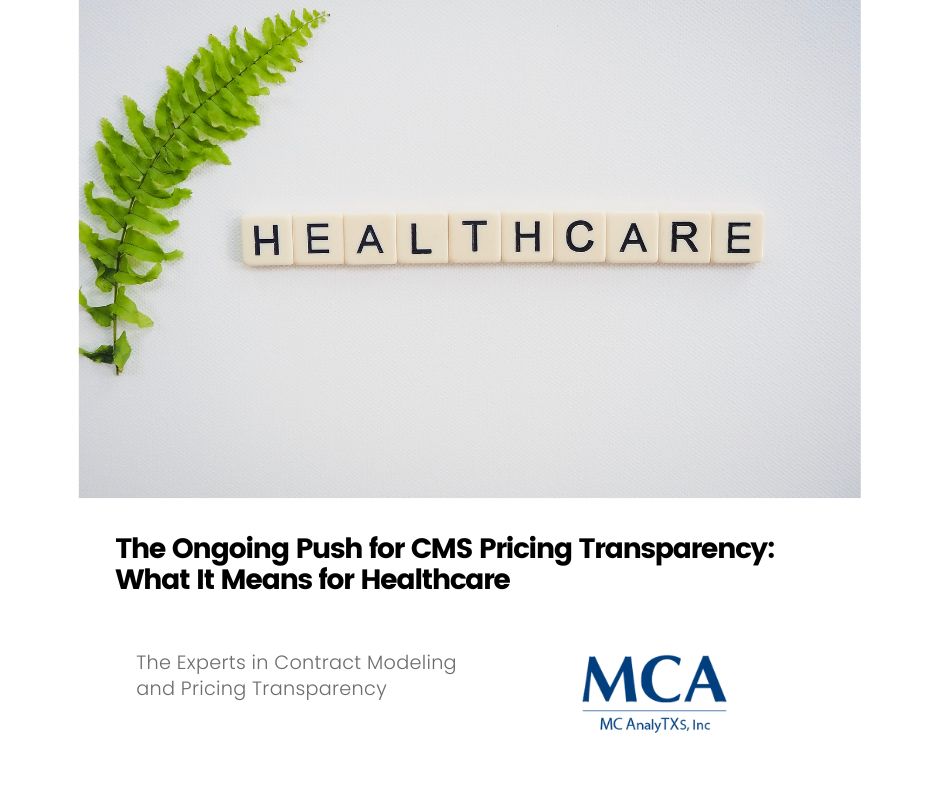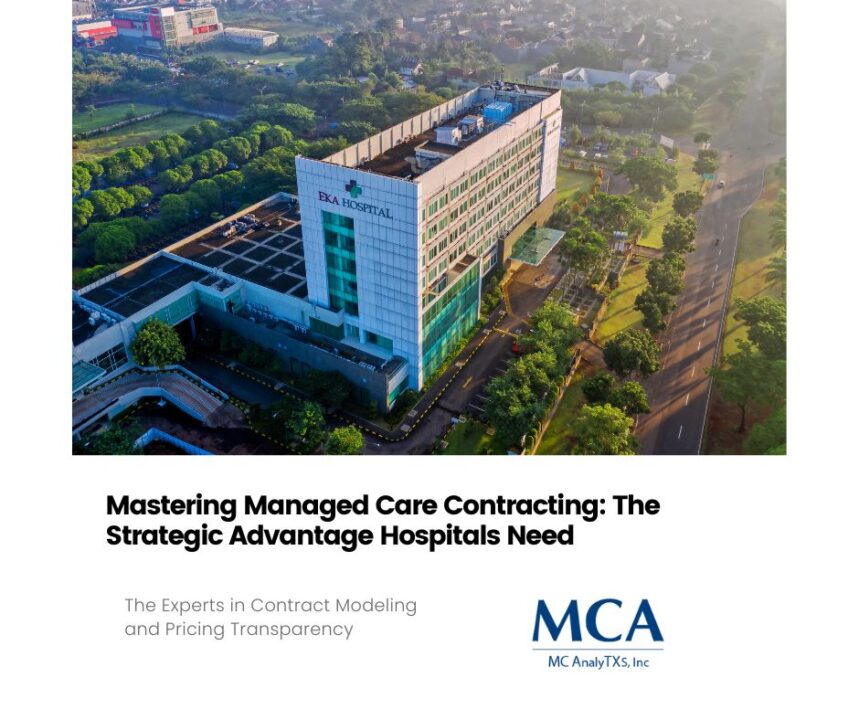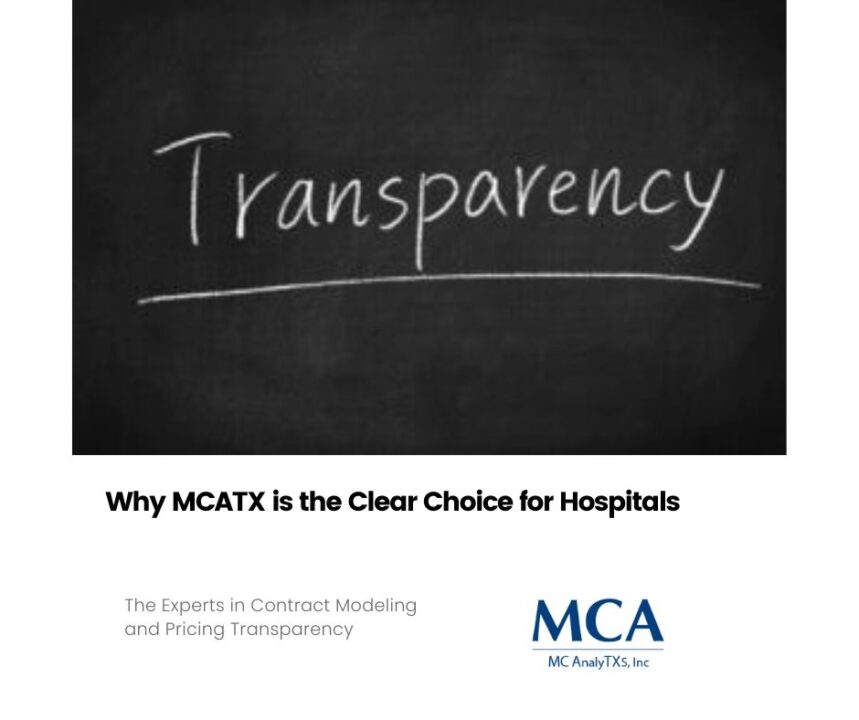
Navigating Financial Turbulence: How Hospitals Can Overcome Bankruptcy Risks with Smarter Revenue Cycle Strategies
March 20, 2025
The Ongoing Push for CMS Pricing Transparency: What It Means for Healthcare
In recent years, the Centers for Medicare & Medicaid Services (CMS) has made significant strides toward promoting pricing transparency in healthcare. The goal is simple: empower consumers with the information they need to make informed financial decisions about their medical care. However, despite federal regulations mandating hospitals and insurance providers to disclose their pricing data, compliance remains a challenge, and many patients are still left in the dark about healthcare costs.
This article explores the importance of CMS pricing transparency, the regulatory framework behind it, the current challenges, and what the future may hold for a more transparent healthcare system.
Understanding CMS Pricing Transparency Regulations In an effort to improve cost clarity and competition in healthcare, CMS implemented new transparency rules beginning January 1, 2021. These rules require hospitals to publicly disclose their pricing data in two ways:
- Machine-Readable Files – Hospitals must provide a comprehensive list of standard charges, including gross charges, discounted cash prices, payer-specific negotiated rates, and de-identified minimum and maximum negotiated charges.
- Shoppable Services List – Hospitals must display pricing information for at least 300 common procedures and services in a consumer-friendly format.
Additionally, starting July 1, 2022, CMS expanded its transparency efforts by requiring health insurance issuers and group health plans to disclose pricing information for covered items and services, making it easier for consumers to anticipate healthcare costs before receiving care.
The Challenges of Implementation and Compliance While CMS has laid out clear guidelines, real-world execution has been less than ideal. A report from Patient Rights Advocate found that, as of late 2024, only 21% of hospitals were fully compliant with federal price transparency regulations. Many institutions either fail to publish their prices entirely or provide data in formats that are difficult for consumers to interpret.
Several challenges contribute to this lack of compliance:
- Lack of Standardization: Despite CMS requirements, hospitals often format their data inconsistently, making it difficult to compare prices across different providers.
- Technical Barriers: Many hospital systems struggle with the technology and resources required to compile and publish large-scale pricing data.
- Resistance from Healthcare Providers: Some hospitals argue that full price transparency could lead to pricing conflicts with insurers or negatively impact their ability to negotiate contracts.
Why Pricing Transparency Matters For years, patients have faced unpredictable healthcare bills, often receiving charges significantly higher than expected after treatment. Pricing transparency addresses this issue in several ways:
- Empowering Patients: When patients know the cost of medical procedures upfront, they can make more informed choices about their care, shop for better prices, and avoid unexpected medical debt.
- Encouraging Competition: With clear price disclosures, hospitals and insurers are incentivized to offer more competitive rates, potentially reducing overall healthcare costs.
- Reducing Surprise Billing: Many patients have been caught off guard by out-of-network charges. Transparent pricing helps minimize these surprises by allowing consumers to identify in-network and affordable services in advance.
The Future of CMS Pricing Transparency CMS continues to refine its regulations and enforcement strategies to ensure better compliance. The agency has increased financial penalties for non-compliant hospitals, with fines reaching up to $2 million per hospital per year. Additionally, CMS has been developing tools and platforms to make it easier for consumers to access and understand pricing information.
Moving forward, advancements in artificial intelligence and data analytics could further improve how pricing transparency information is organized and delivered. If properly leveraged, these technologies can help create user-friendly platforms where patients can compare prices, estimate total care costs, and make more confident healthcare decisions.
Conclusion CMS pricing transparency initiatives represent a critical step toward a more consumer-friendly healthcare system. While compliance challenges persist, increased enforcement and technological innovation will likely drive greater adherence in the coming years. Ultimately, price transparency benefits everyone—patients gain control over their healthcare costs, providers are encouraged to offer competitive pricing, and the industry as a whole moves toward a more equitable and efficient system.
As the landscape continues to evolve, both patients and healthcare professionals must stay informed about pricing transparency developments. By advocating for full compliance and leveraging available resources, we can work toward a more transparent and cost-effective healthcare environment.
To learn more join our upcoming webinar.





